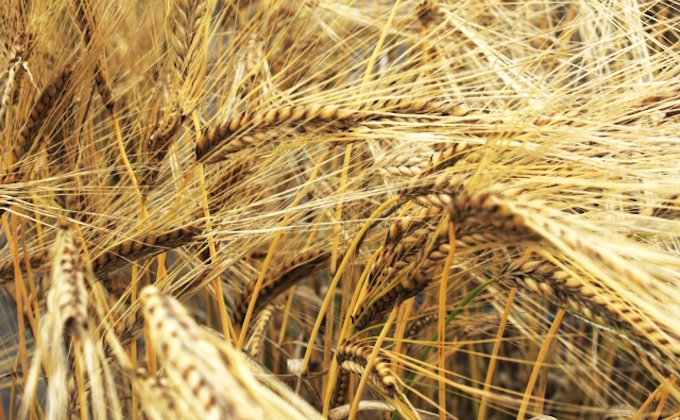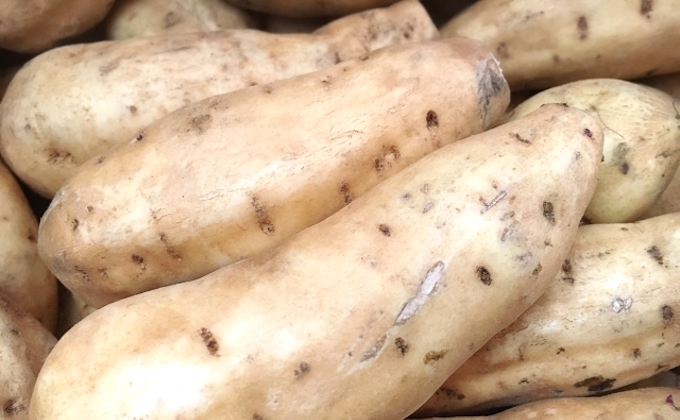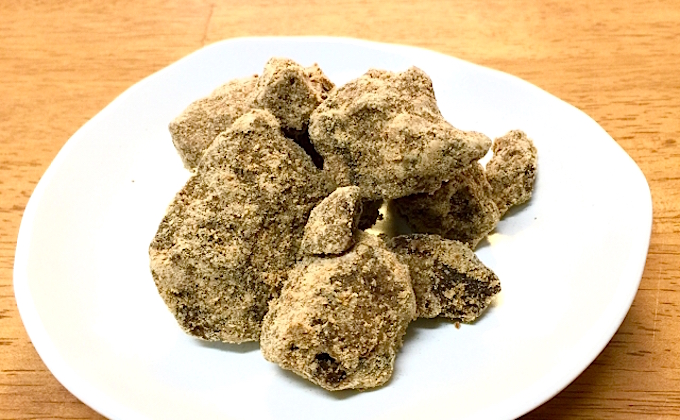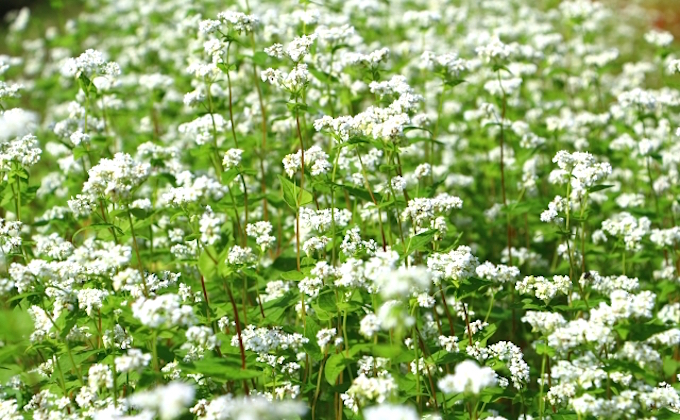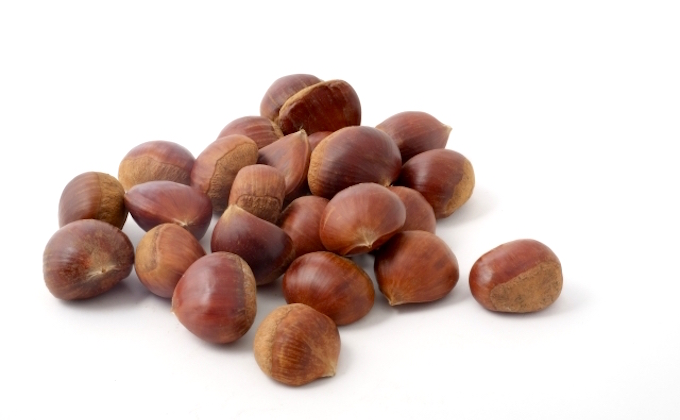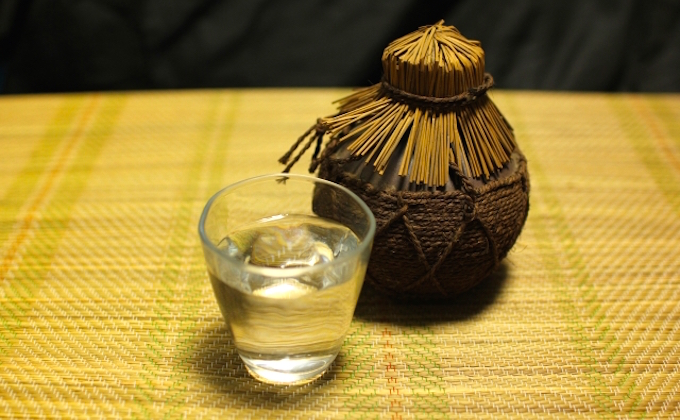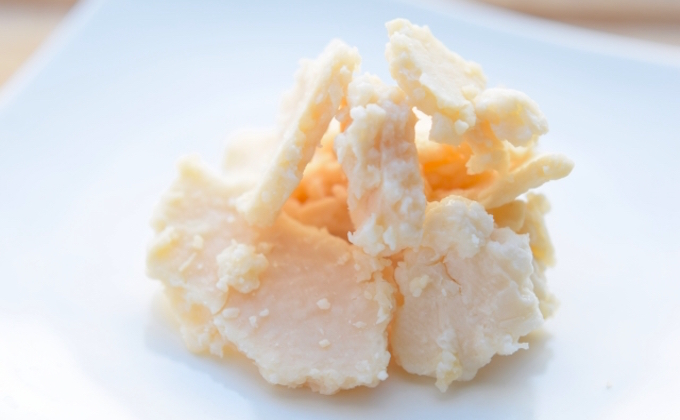TRG Info and Advice
Shochu (Japanese distilled spirits)
The History of Shochu
In the history of the world, there is evidence that distilled beverages similar to shochu came into existence during the 11th Century. Apparently, it was first produced in the Middle East and Southeast Asia, with Siam (currently Thailand) at the center of production. There are some disputes as to when, where and how it was introduced to Japan, but it is generally agreed that distilled spirits made their way to China and Korea from Thailand, in the middle of the 14th Century, and then came over to Ryukyu (currently Okinawa) and Tsushima Island. According to Korea’s “Annals of the Joseon Dynasty,” there were distilled spirits in Ryukyu around 1477, and that indicates that Japan’s first distilled spirit, Awamori, was produced there. Later, it was introduced, via the Amami Islands, to Satsuma and then from Satsuma to the mainland of Japan.
No written records indicate when people on the mainland of Japan began drinking shochu. In 1546, Jorge Alvarez, a Portuguese merchant and captain, stayed on the Satsuma Peninsula, and left a report for Francisco Xavier, who was planning on coming to Japan later as a missionary. According to Alvarez’s report, people drank distilled spirits made from rice. This beverage is considered to have been some type of rice shochu.
When Koriyama Hachiman Shrine in Isa City, Kagoshima Prefecture, was dismantled for repairs, graffiti written by a carpentry specialist more than 400 years ago was discovered. It dates back to the second year of the Eiroku Period (1559), and reads, “The priest of this shrine is so stingy that he never treated us to shochu.” This indicates that shochu was served as a reward at that time.
The main ingredient of early shochu was rice, but rice was also an important staple food and one of the ingredients used to make sake. That led to the production of kasutori shochu, which was made by distilling sake lees, a by-product of the sake-making process. This kasutori shochu soon spread nationwide, and was consumed all around Japan. Then, at the beginning of the 18th Century, the sweet potato was introduced to the Satsuma Region (Kagoshima Prefecture), which innovated the production of shochu. Satsuma is covered with volcanic ash, and sweet potatoes were a valuable crop that could be grown in poor soil. Shochu, therefore, began being distilled from sweet potatoes on a full scale. There are, currently, over 1,000 brands of sweet potato shochu produced in Kagoshima Prefecture. Production of shochu made from local varieties harvested in each area of the Kyushu District also began around this time.
At first, shochu was produced by the simple distillation method. Starting in the middle of the Meiji Period, after the continuous still was imported from England, high-purity alcohol was mass-produced at reasonable prices thanks to technological innovations. During the Taisho Period (1912-1926), shochu produced without rice gained popularity because of the rice riots. After the outbreak of World War I, the demand for alcohol increased for medicinal, military and chemical purposes, and the technology of continuous distillation dramatically improved.
During the Showa Period (1926-1989), shochu was popular because people suffered from shortages of supplies and food after WWII. On the contrary, poor quality shochu was sold on the black market, giving it a bad reputation. Due to the efforts of shochu distilleries, however, and with the help of the booming popularity of chuhai (shochu based cocktails), the demand for shochu increased and, nowadays, the overall consumption of shochu surpasses that of Japanese sake.
What is shochu?
Shochu is written in Japanese as 焼酎. The first Chinese character 焼 describes the “basic process of distillation by heating and boiling moromi mash,” and the second character 酎 means “strong sake”.
Shochu is a type of distilled spirit made by heating and boiling alcohol-fermented moromi mash, and cooling down and collecting the alcoholic steam. It is in the same category as whiskey, brandy and vodka.
Shochu is divided into two categories, based on the ingredients and the distillation process: otsu-rui shochu and kou-rui shochu.
Imo (sweet potato) shochu, mugi (barley) shochu and awamori (Okinawa’s rice shochu) are generally categorized as otsu-rui shochu, which is also called honkaku (authentic) shochu, meaning it has a full flavor. It is distilled in the traditional method by mixing the main ingredient (such as sweet potato, barley or rice) with koji mold, then fermenting and distilling the mixture once. Honkaku shochu emits flavors and aromas that are directly linked to its ingredients.
Kou-rui shochu, contrarily, is distilled repeatedly after converting syrup, sugar cane and corn to sugar and then fermenting them. The resulting, high-purity liquid is then diluted with water to lower its alcoholic content to less than 36%. This creates a neutral flavor and fragrance, with overall lighter features because of its high-purity alcohol status. This type of shochu is often used for mixed drinks, such as chuhai (shochu cocktails), cocktails, fruit liquor, and so on.
There is also a mixed shochu, which maximizes the benefits of both ko-rui shochu and otsu-rui shochu. Sweet potatoes, barley and rice are the most common ingredients, but shochu can be made with a wide variety of others, too, such as shiso herb, kombu seaweed, potatoes, pumpkin, milk, sesame, tomatoes, carrots, green tea, red beans, wasabi, and so on.
You may enjoy various ways of drinking shochu. It can be consumed neat, on the rocks, or mixed with water, hot water or soda.
How to Make Sweet Potato Shochu
1. Making the Koji Mold
The main ingredient, sweet potato, does not produce alcohol independently, so a koji mold is required to convert the proteins found in sweet potatoes to sugar. Sweet potatoes and rice are measured with a ratio of 5:1, washed and steamed. Seed mold is then combined with the mixture of sweet potatoes and rice, and left for two days to produce koji.
2. Preparing Ingredients
Wash fresh sweet potatoes, choose good ones, and steam them. After they have cooled, mash them.
3. Shochu yeast and water are then added to the rice koji mold, and the mixture is fermented for about a week into a yeast culture. The result is moromi mash.
4. The main ingredients, sweet potatoes, and water are mixed into the moromi mash, the mixture converts to sugar as it ferments for 10 to 15 days.
5. Fermented moromi mash is then heated and boiled in a simple still. Shochu is produced from the evaporated alcohol and steam which contains other agents.
6. Storage and Aging
Distilled shochu is stored and aged. At first, it looks cloudy and has undesirable tastes, but through aging, it becomes clear and has a mild taste.
7. Dilution and Blending
After aging, the shochu in all the tanks are blended to equalize the flavor, and then diluted with water to lower the alcoholic content to less than 45% (mostly between 25% and 35%).
8. Bottling and Shipping
Types of Shochu
Rice Shochu
This is a shochu made from blending polished rice with rice koji mold. The main production area is Hitoyoshi City in Kumamoto Prefecture. The flavor and taste are similar to that of ginjoshu, making it relatively drinkable for shochu beginners.
Mugi (barley) Shochu
Mugi shochu is made with barley and barley mold or rice mold. Originally produced in the Iki Region in Nagasaki Prefecture, it has a history of several hundred years. The taste and flavor are similar to that of whiskey, which is made with the same ingredient, barley, so it is considered the best shochu for lovers of foreign liquors. The balance of flavor remains the same even when mixed with water, or hot water, in any ratio.
Imo (sweet potato) Shochu
This shochu is made with sweet potatoes and rice mold or sweet potato mold. Sweet potatoes are not very rich in protein, and koji mold made from sweet potatoes does not produce much alcohol, so it is generally made with rice mold. The main production area is Kagoshima Prefecture, so references to sake in Kagoshima are usually referring to imo shochu. Imo shochu features a sweet sensation on the tongue, and has a distinctive aroma compared to rice and barley shochus. Nowadays, imo shochu is sometimes made with baked sweet potatoes. Sweet potatoes quickly go bad and cannot be stored for a long term, so imo shochu is prepared only during the prime harvest season, from August to November.
Kokuto (brown sugar) Shochu
Alcoholic beverages made with kokuto are usually categorized as liquors, and different from shochu. However, since it has been produced and become a local specialty in the Amami Islands for many years, it has been authorized to be sold as a shochu, on the condition that it is prepared with koji mold and produced under the jurisdiction of the Oshima Tax Office. Kokuto shochu, therefore, is a specialty produced solely in the Amami Islands. Kokuto shochu made with sugar has a distinctive aroma and sweet flavor.
Soba (buckwheat) Shochu
Compared to other varieties of shochu, this soba-based drink has rather a short history: it was first produced in 1973. Later on, soba shochu was produced in major soba (buckwheat) production areas, including Nagano and Hokkaido. Soba cannot be easily fermented on its own, so soba shochu is made with various methods like mixing buckwheat with barley or rice. The combination of ingredients and methods are varied, and each soba shochu has a different taste. Soba shochu has a distinctively fresh aroma unique to soba, with a light, dry essence. It is said to taste best on the rocks.
Kuri (chestnut) Shochu
Okinawa’s traditional distilled spirit is called awamori. Awamori has to be distilled with black koji mold. Black koji mold is mixed with rice and the mixture is fermented and distilled. There is a long-standing custom of storing awamori in a clay pot to be saved for special occasions, celebrations or events, so awamori is aged for a long time. This specially aged awamori is called kusu (literally: old sake).
Awamori
Okinawa’s traditional distilled spirit is called awamori. Awamori has to be distilled with black koji mold. Black koji mold is mixed with rice and the mixture is fermented and distilled. There is a long-standing custom of storing awamori in a clay pot to be saved for special occasions, celebrations or events, so awamori is aged for a long time. This specially aged awamori is called kusu (literally: old sake).
Kasutori Shochu
This shochu is distilled by filtering Japanese sake and then fermenting the sake lees in a tank. When sake lees are mixed with rice husks and heated wind is blown in under the mixture (like other production), alcohol is extracted. At the same time, the odor of burnt husks is also extracted, so kasutori shochu has a very distinctive flavor. Nowadays, it is made by making moromi mash with sake lees and distilling the mash, so the popularity of kasutori shochu with its fine, sake-like aroma is increasing.








